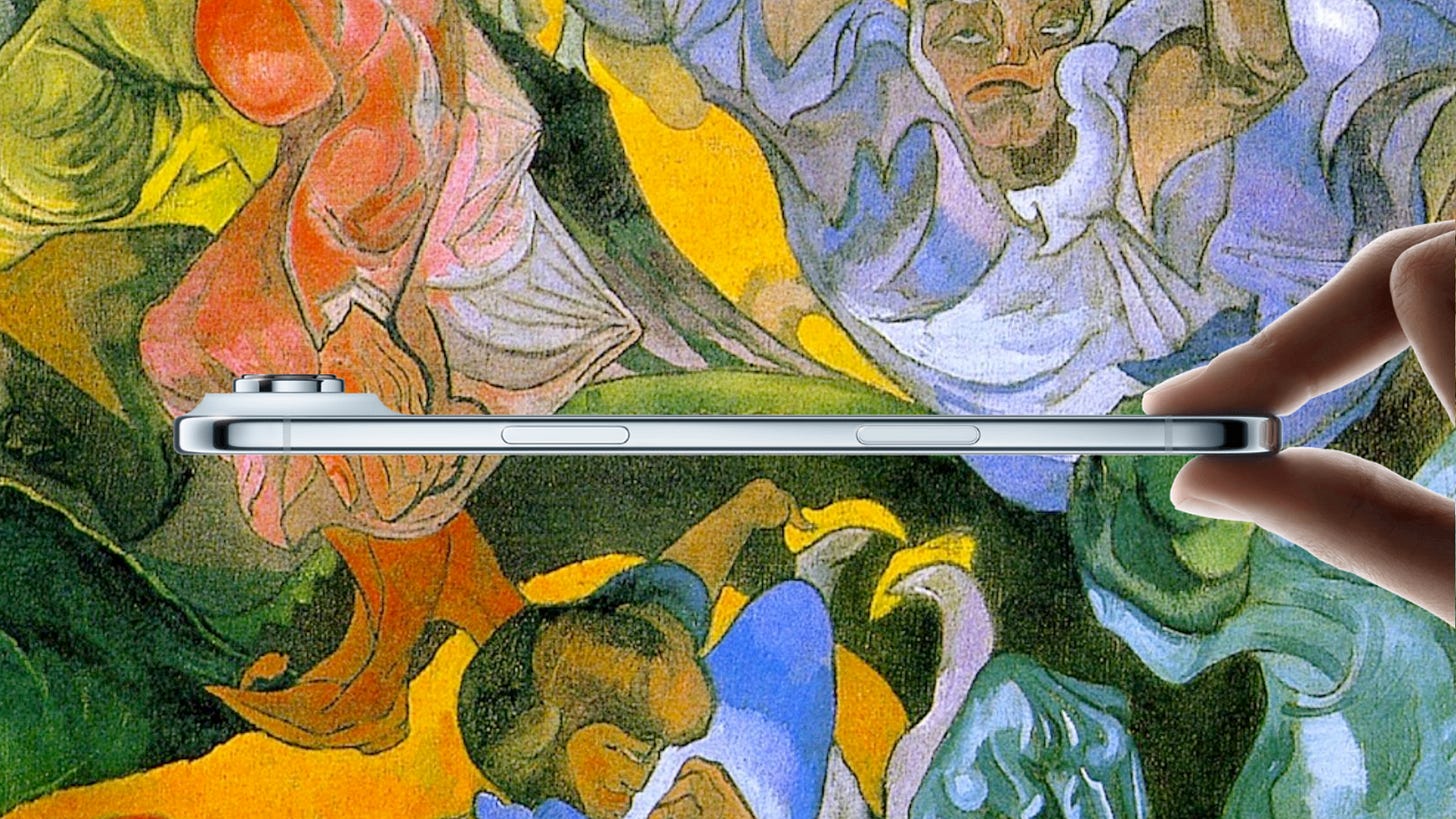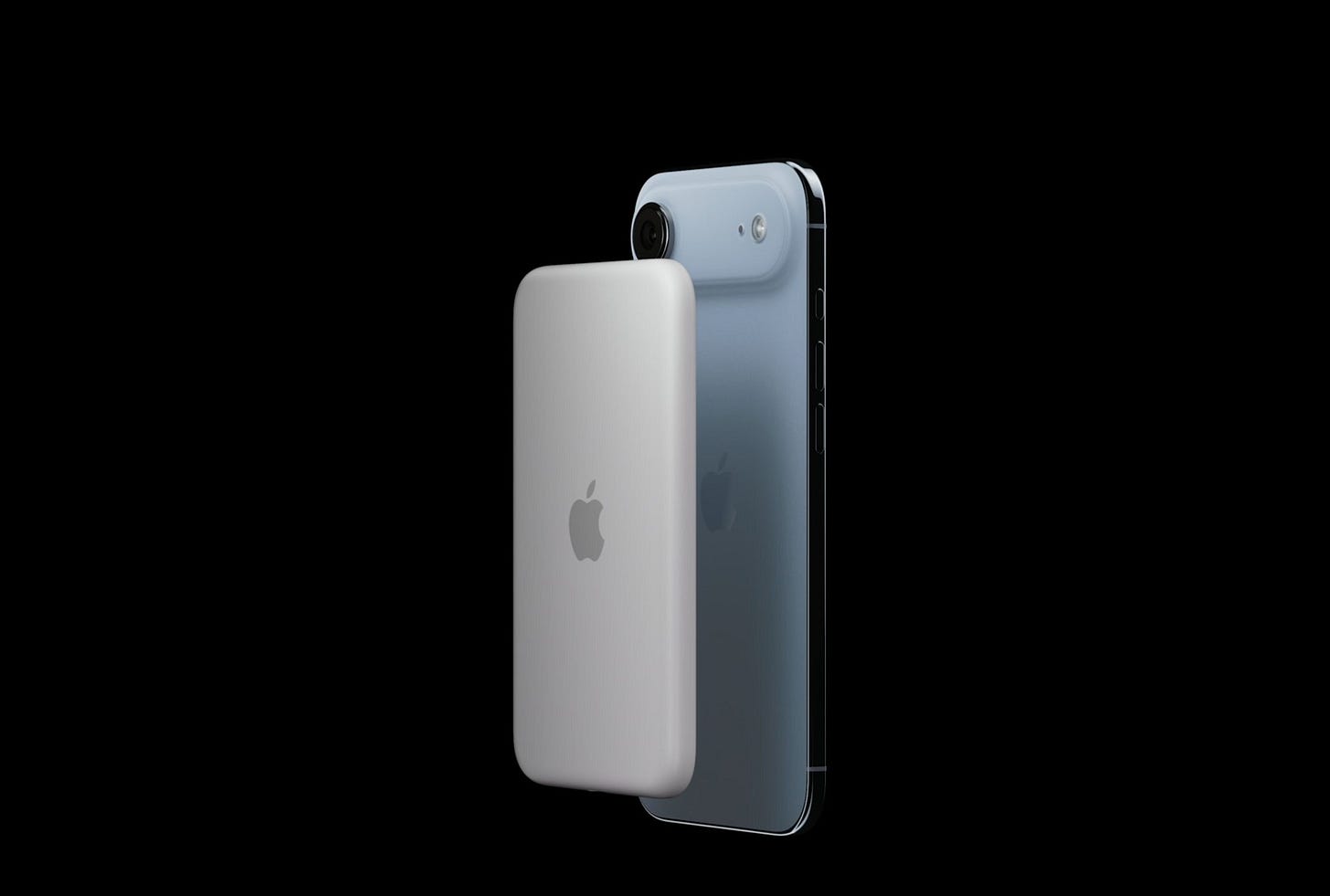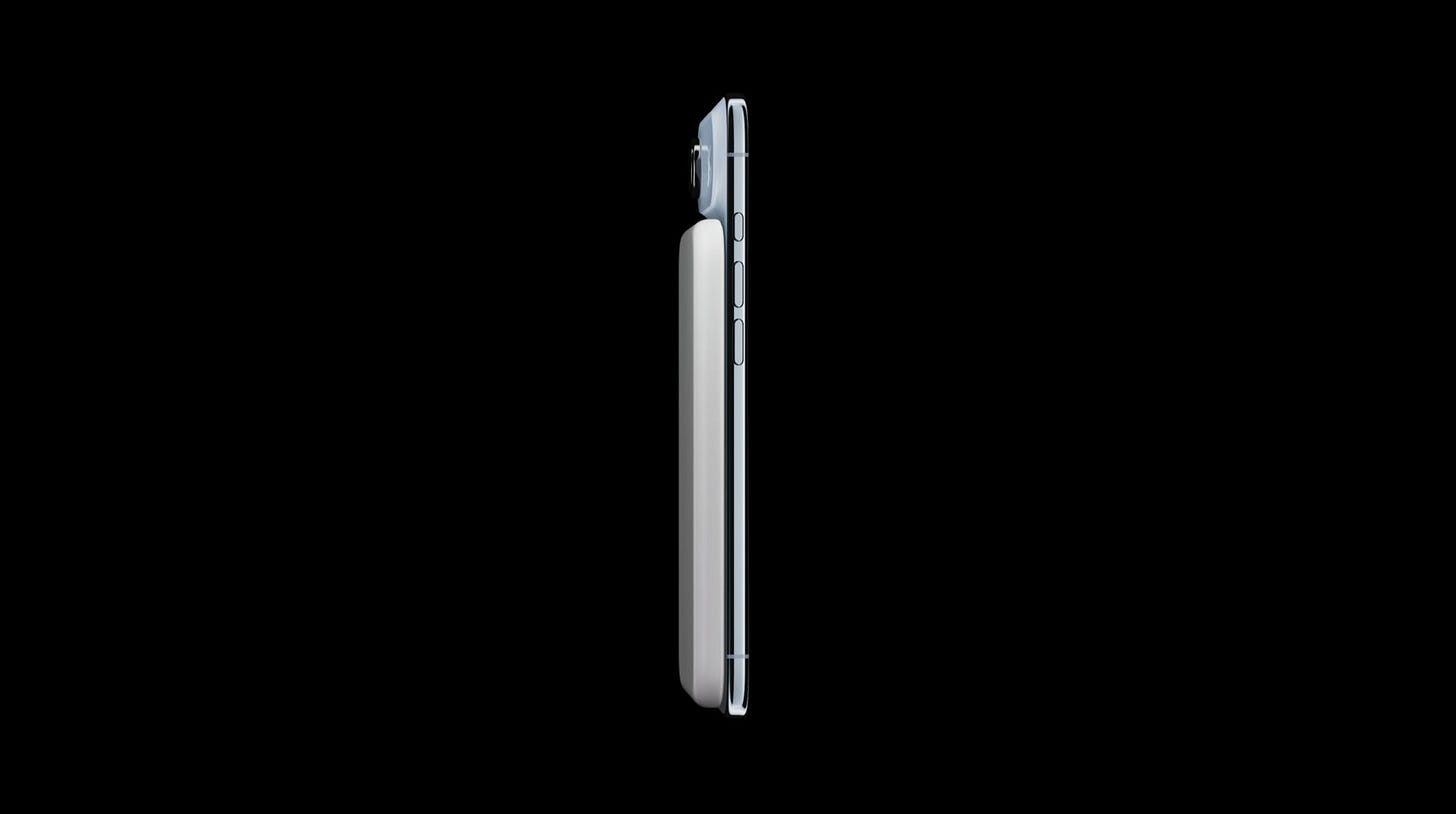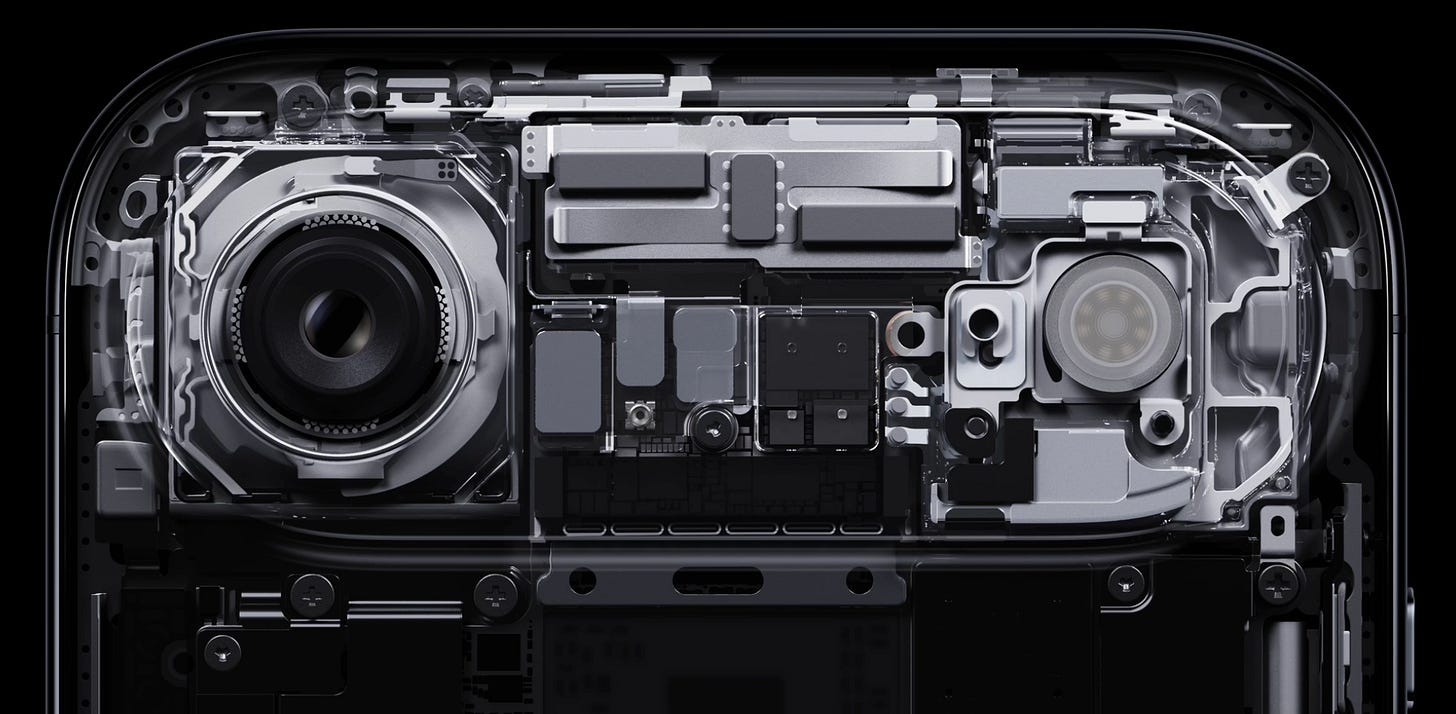On Tuesday night, Apple announced the iPhone Air. In regular parlance this means the company’s releasing a thin iPhone, something that’s only 5.6mm thick, but has a 6.5-inch display.
Honestly? It’s one of the most interesting things the company has done to the iPhone in a long time in a while, but… it’s also not that interesting. And a bit of a strange move.
So what’s Apple up to here? Why has it released an entirely new category of phone? Let’s dig into the whole thing.
Trying (and failing) to get people hyped
At the moment, I’m working on an article about whether phones can ever be “cool” again — and this is clearly something rattling through Apple’s mind.
Back in the day, the new iPhone was a big deal. It was something people were excited about. That’s no longer the case. Now, it’s become a yearly iterative update, something more akin to getting a new fridge than an exciting, vital piece of technology.
On first impression, that’s what the iPhone Air is trying to rectify. Apple wants it to capture the public’s imagination, to breathe some life into the range.
The issue is that I can’t really see how it would.
Who cares about thinness?
There comes a point when thinner hardware simply ceases to matter. In all honesty, we’re already at that stage with the iPhone. And that’s the thing: I’ve not recently heard anyone wishing for a thinner handset.
Instead, the only complaints I’ve heard are about the sheer size of the Pro Max and how it’s not great for people with small hands. But that’s why Apple has other phones and, until recently, the mini, even if that did die a horrendous death.
I’m not saying no one cares about thin phones, just that it’s not something that inspires or hypes up swathes of people — and that’s without the drawbacks of devices of this size.
Oh no, the battery…
The iPhone Air is that has a substantially worse battery life than the other phones in the range. For streaming video playback, Apple claims the iPhone Air lasts 22 hours. The iPhone 17 (AKA the entry-level model) can reach 27, while 17 Pro and Pro Max have 30 and 35 hours respectively.
Don’t get me wrong, squeezing that many hours from such a small device is impressive, but after several months, the battery life is clearly going to deplete and become what the technically-minded amongst us will refer to as “pants.”
Thankfully, Apple has thought about this and has come up with an elegant solution: a MagSafe battery pack that doubles the Air’s thickness.
And let’s talk about cases
In this day and age, only the most unhinged people use their phones without some sort of case. Sure, the phone is covered in the brand-spanking-new Ceramic Shield 2 on the front (and the old-timey Ceramic Shield on the back), but is that enough to go case-less?
Probably not, to be honest with you, probably not.
This leads us onto the biggest question of all…
What’s the point of the iPhone Air?
This is where I think things get interesting.
In the iPhone Air announcement video, the company went to great lengths to point out how much of the technology that drives the device is stored inside the plateau.
Sidenote: I honestly find Apple’s naming conventions to pretty impressive. For years we’ve called the camera bump the, well, camera bump, but the company has decided that with the redesign that stretches across the entire width of the phone they want to give it a different name. And they have: the plateau. That conjures ideas of nature and gorgeous vistas, not the awkward, almost diseased sound of “camera bump.” No matter what you think about Apple, naming this part of the device the “plateau” is a work of minor genius.
Effectively, the thinness of the iPhone Air forced Apple to install many important components inside the plateau, rather than the body of the phone. And you know what? It’s hard to look at this and not think the company is prepping for a foldable.
Think of it: a super thin phone where the parts that make it work aren’t stored in the body? That sounds like a trial run of a foldable to me. In fact, it’s the only thing that makes actual sense to me regarding the launch of the Air.
Apple isn’t a stupid company. It must know that many folks aren’t bothered by a thin phone and the inevitable downsides of such a device. If their main goal was to excite their audience, one assumes they could’ve done a little more with the handset.
Instead, this feels a little like the Vision Pro: a halfway point.
Apple has spent a lot of money on research & development and wants to recoup some of expenditure. The actual end goal (a pair of small glasses for the Vision Pro and a foldable iPhone for the Air) is on the way, but this is simply a stopgap until that point is reached.
In other words, Apple wants to not only test some of the technology that will be fundamental to its future products, but also to claw back some of what it’s spent so far.
And that’s the main reason the company released the iPhone Air.
It’s technically impressive, but that alone isn’t enough to capture the public’s imagination and make phones relevant again. No, instead, the Air is likely a way to prep for the upcoming foldable.
And will this foldable bring back the glory days of phones? Make the iPhone great again? I doubt it, pals, I really doubt it. But then again, stranger things have happened.






